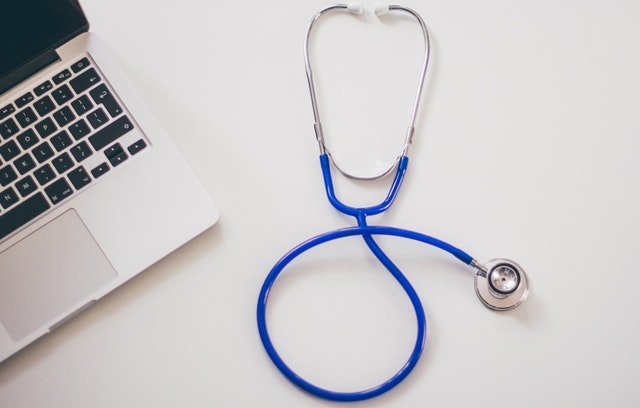Let’s Be Real: Period Pain Isn’t “Just a Part of Life”
If you’ve ever had to pretend everything’s fine while your insides felt like a twisted washing machine—you’re not alone.
Menstrual cramps aren’t just a minor inconvenience. For many, they’re intense, recurring, and deeply disruptive. Unfortunately, the internet is flooded with advice that feels outdated or oversimplified.
Let’s change that. This guide offers real solutions, backed by experience, and always aligned with the golden rule: Talk to your doctor before trying anything new.
Why Do Period Cramps Happen?
It starts with your uterus contracting to help shed its lining. This process releases substances called prostaglandins—the higher the levels, the stronger the cramps.
There are two common types:
- Primary dysmenorrhea: Common period pain with no underlying condition.
- Secondary dysmenorrhea: Pain due to conditions like endometriosis, fibroids, or PCOS.
If your pain feels “too much,” there might be an underlying cause worth exploring with your doctor.
Natural Period Pain Relief That Deserves More Attention
1. Heat Therapy
One of the oldest and most effective methods. A warm compress, heating pad, or hot bath can ease cramping muscles and improve blood flow.
Tip: Use a heating pad during the hours you experience peak discomfort. Some women feel immediate relief.
2. Movement That Heals
Light stretching, yoga, or simply walking helps reduce muscle tension and boost endorphins.
Recommended poses:
- Child’s pose
- Cat-Cow stretches
- Reclining bound angle pose (Supta Baddha Konasana)
Even gentle motion can improve circulation and reduce inflammation naturally.
3. Anti-Inflammatory Nutrition
Your diet can make or break your monthly experience.
Supportive foods:
- Ginger and turmeric (natural inflammation fighters)
- Omega-3s (flaxseeds, chia seeds, walnuts)
- Leafy greens and bananas (rich in magnesium and potassium)
Try cutting back on:
- Excess caffeine
- Refined sugars
- Dairy (if you suspect sensitivity)
Always consult a healthcare professional before making significant dietary changes—especially if you have other health conditions.
Supplements & Herbs: Proceed With Professional Guidance
You may have heard about magnesium, vitamin B1, ashwagandha, or shatavari for menstrual health. These have shown promise in various studies and traditional systems like Ayurveda.
However, every body is different. Always discuss with a qualified practitioner before starting any supplement—especially if you’re on other medications or managing a health condition.
Tracking, Sleep & Lifestyle Matter More Than You Think
4. Track Your Cycle, Track Your Triggers
Apps like Clue or Flo can help you understand when your pain peaks—and why. You can begin spotting patterns and prepping ahead.
Think of it as your personalized pain map.
5. Prioritize Sleep During Your Period
Fatigue, pain, and hormonal changes can mess with your sleep. But good rest is crucial—it lowers cortisol, relaxes muscles, and enhances pain tolerance.
Create a simple nighttime routine:
- Warm shower
- Magnesium-rich snack
- Digital detox 1 hour before bed
6. Stress Less—Really
Stress amplifies pain perception. Whether it’s deep breathing, journaling, or sipping warm herbal tea—find what helps you calm down.
When to Seek a Doctor’s Opinion (Don’t Wait Too Long)
- Pain that makes it hard to go to school or work
- Bleeding that soaks through pads every hour
- Pain that lasts beyond the first 2–3 days of your period
- Nausea, vomiting, or dizziness
- Cramps that get worse over time
Your pain is valid. And it may be a sign of something your doctor can and should help you with.
Final Word: Your Pain Is Not Just “Normal”
Let’s drop the silence and shame around period pain. Your experience is unique—and deserves personalized, compassionate care.
Try the natural methods. Listen to your body. But most importantly, talk to your doctor. Relief might be closer than you think.







